In this article
View 8 More +If you’re looking for a devoted, affectionate, and fearless guardian, the Cane Corso and Siberian Husky mix will be a perfect choice. Despite the imposing size, it has energy for days and can easily scare away a potential threat. They don’t bark often and, when properly socialized, can be welcoming to strangers. They can be stubborn, but with the right training, they will quickly become a new best friend for your family.
Breed Overview
Height:
20–27 inches
Weight:
40–100 pounds
Lifespan:
8–14 years
Colors:
Varies depending on the parents
Suitable for:
Families with adult kids
Temperament:
Intelligent, affectionate, loyal, protective, easy to train, standoffish toward strangers
Siberian Huskies are playful, open to strangers, and eager to please their owners. Cane Corsos are just as loyal, protective, and also quite intelligent. So, with a Cane Corso Husky mix, you’ll get the best of both worlds! They are big, strong, and ready to fly in the face of danger to protect their human owners. Just how friendly are they, exactly? Should you adopt a Cane Corso Husky mix as a family pet? How do you feed, train, and groom them? We have the answers below!
Cane Corso Husky Mix Characteristics

Cane Corso Husky Mix Breed Puppies
The first thing you’ll notice about the Cane Corso Husky mix when checking out the pups at local breeders and adoption centers is how affordable they are. As the name suggests, this isn’t a purebred dog. A dog shelter might hand it over to you for as cheap as $50–$100!
The Cane Corso Husky mix isn’t very popular among dog lovers, so finding a pet parent is not easy for most rescue organizations. You can contact local shelters, breeders, and even social media publications. Be patient, and your efforts will be rewarded.
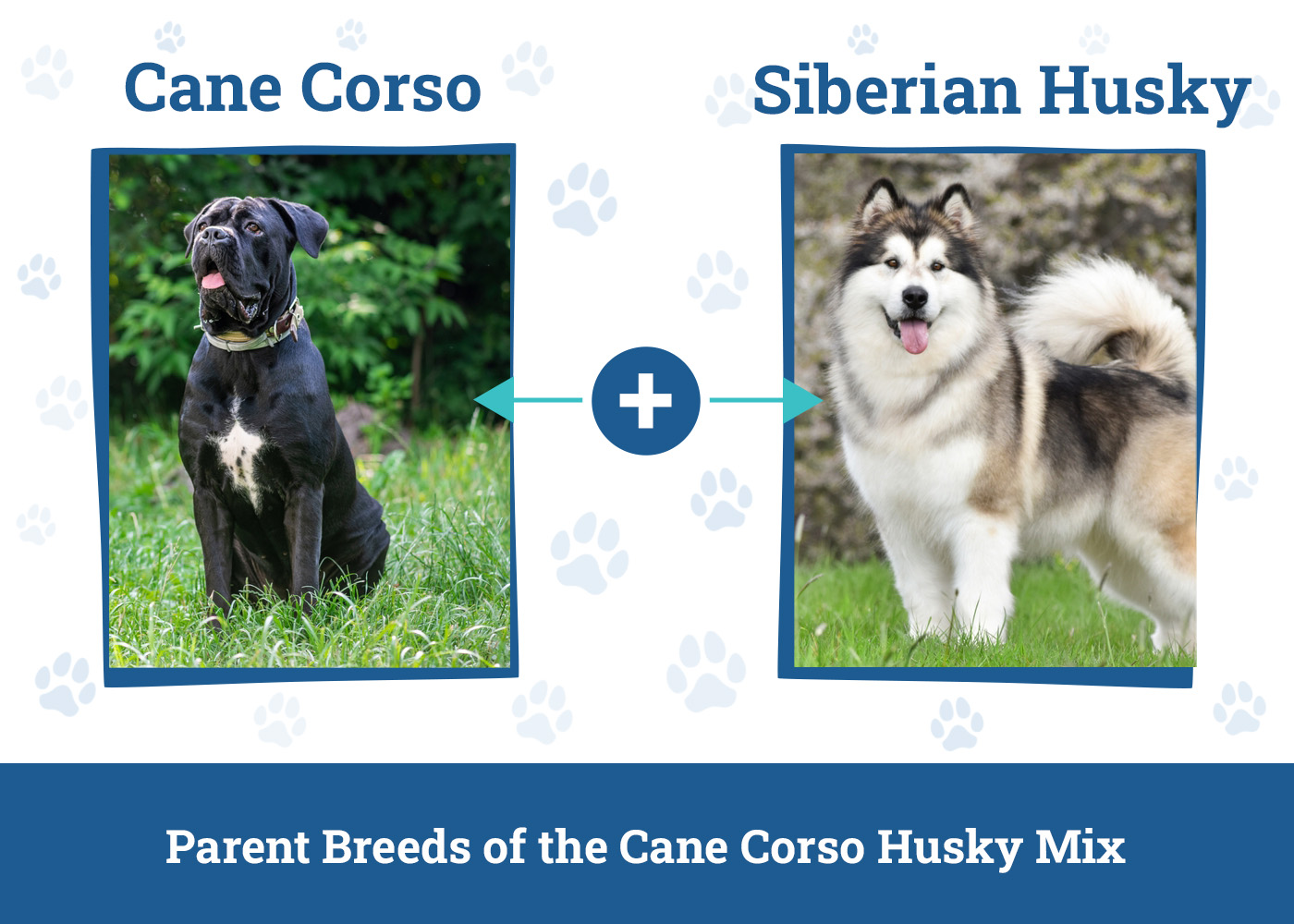
Temperament & Intelligence of the Cane Corso Husky Mix 🧠
Regarding the smartest breeds, Huskies and Cane Corsos are near the top of the list. Since they are work dogs at heart, they are quite intelligent and can easily take on tasks like herding, guarding, and watch duty. More than that, both breeds have enough wits to participate in the toughest competitions. Therefore, the Cane Corso Husky will exhibit similar skills.
On top of walking, running, and hiking, the Cane Corso Husky can play some of the most demanding games and learn the toughest tricks. They are very calm and centered and don’t bark or howl without a reason. They have a playful, cheerful side and enjoy being around their family.
Are These Dogs Good for Families? 👪
The short answer is yes. Despite the large size, the Cane Corso Husky mix is a tender, loving, and caring animal. However, they’re also sensitive pups that cannot be left alone for long periods. Like the Huskies and Corsos, they are only happy when the bond with their owners is strong.
As long as you spend an hour or two playing/hanging out with the dog, they shouldn’t be affected by separation anxiety, develop bad habits, or lose their temper. Although homes with large, fenced-in yards are preferred, a well-trained and socialized Cane Corso Husky should be all right in an average-size house or apartment. This is only true if you can take them outside to exercise for an hour or more every day.
What About Little Children?
The Cane Corso Husky is an exemplary pet for a family with older children who know how to behave around dogs. However, they aren’t the best pets if you have young children. They are highly protective, will safeguard the little ones from outside threats, and are fairly patient and tolerant. However, due to the pup’s size and weight, you should not leave them alone with infants.
The Cane Corso Husky rarely bites (especially someone they know), but even a loud bark or aggressive move will be enough to scare the children. So, you’ll either have to serve as a 24/7 supervisor or wait until your toddlers get older.
Does This Breed Get Along With Other Pets? 🐶 😽
By default, the Cane Corso Husky mix (especially its Corso side) isn’t the most approachable dog for other four-legged creatures. But if you socialize them when they’re young, you can turn them into more open, trusting, and curious pets that will be welcoming to other dogs.
There’s a common misconception that Cane Corsos don’t like felines, but that’s not true. When properly trained, they get along with kitties just fine. Huskies, in contrast, are predators and might be hostile toward cats. Does that mean a Cane Corso Husky is a danger to cats? For the most part, no, but caution is advised. Try introducing these two pets to each other under strict supervision and see how it goes.

Things to Know When Owning a Cane Corso Husky Mix
Food & Diet Requirements 🦴
It takes one glimpse at this mighty dog to realize that they need plenty of food to grow. Siberian Huskies aren’t the largest dogs, but Cane Corsos are massive and eat a lot. Of course, you still need to be conscious about how much food you feed the Cane Corso Husky. As bigger-than-average canines, they can gain weight a little quicker than smaller dogs. This is especially true for older dogs that don’t move around much.
Dog food formulated for large or giant breeds is ideal, but you can contact your veterinarian for feeding tips. They’ll help come up with the right diet that will not only keep the dog healthy but also fit. The formula should be rich in protein, minerals, and vitamins. Also, to avoid bloating, break the daily meals into three or four small portions.
Exercise 🐕
Cane Corso Huskies are energetic dogs, thanks to the healthy genes inherited from both parents. They’re quick to catch on and don’t take long to learn a new trick. At first, it will take time for the dog to warm up to you and become familiar with your commands. However, with patience and a routine training schedule, they’ll quickly respond to your commands and look forward to each session.
Since Huskies and Corsos were bred to serve as working and guardian dogs, they aren’t used to lying on the couch all day. They enjoy walks, jogs, runs, Frisbee, tug-of-war, and even swimming. On average, 1–2 hours of exercise is enough for this giant dog to sustain their health and muscle tone.
To sum up:
- Cane Corso Huskies need at least an hour of daily exercise
- They’re very smart and love playing games and running around
- They enjoy high-intensity exercises in the routine
- Cane Corso Huskies dislike being alone for long periods
- They can gain weight easily, but your vet can help you develop a healthy diet plan
Training 🎾
Although they can be stubborn like their parents, the Cane Corso Husky mix doesn’t take long to learn commands. They’re eager to please their owners, but it’s best to keep the training sessions under 15 minutes to keep them focussed. They’re better for experienced owners who know how to handle large dogs, and it’s best to train them early when they’re puppies.
Cane Corse Huskies need calm trainers who do not use harsh corrections when the dogs make mistakes. Positive reinforcement is key to creating a healthy relationship with then since it rewards good behavior and does not punish them for bad behavior.
Here’s a recap:
- Cane Corso Huskies catch on fast and are eager to please
- Depending on the dog’s genes, they can be stubborn
- As the owner, you need to be persistent and patient
- Make sure the dog recognizes you as the master/alpha
- Socialize the pup at a young age to make them friendly toward strangers
- Cane Corso Huskies are perfect for big families with adult children
- Little kids will require supervision at all times when interacting with Cane Corso Huskies
Grooming ✂️
The Cane Corso Husky has a short, double-layered coat that sheds moderately throughout the year and extensively in the spring and summer. We recommend brushing them daily to keep their coat in top shape. You can use a combination of grooming gloves, medium-bristle brushes, and de-matting tools to keep their hair clean and healthy. They only need to be bathed three or four times a year unless they get dirty outside.
The shampoo should be formulated for dogs and contain natural ingredients. As for the nails, you should trim them regularly to prevent them from growing into the pads and injuring your dog. Huskies and Corsos are prone to ear infections, and it’s vital to inspect and clean your Cane Corso Husky’s ears weekly. Also, you should brush their teeth at least twice a week.
Health and Conditions ❤️
Thanks to their mighty parents, the Cane Corso Husky is a very healthy dog. If you follow our diet, training, exercises, and grooming recommendations, you should be able to keep the pet in tip-top shape. However, as a large dog, they are prone to Gastric dilatation-volvulus, AKA bloat. Other health conditions include joint dysplasia, retinal atrophy, and idiopathic epilepsy. Here’s a closer look at the most common health issues:
- Cataracts
- Hypothyroidism
- Zinc Deficiency
- Follicular dysplasia
- Glaucoma
- Gastric dilatation-volvulus (GDV)
- Joint dysplasia (hip/elbow)
- Idiopathic epilepsy
- Demodex mange
- Eyelid abnormalities
- Progressive Retinal Atrophy
- Uveodermatologic Syndrome

Male vs Female
Male Cane Corso Husky mixes are taller and weigh more. They are also a bit more aggressive, especially toward other male dogs, and tend to mark their territory. Strangely enough, the males are more open to humans and other pets. The females need a little more attention and are more protective by nature.
Their lifespans are roughly the same, and there aren’t any striking visual differences. Both males and females need daily exercise, a capable trainer, and a home that makes them feel loved and cherished. As they grow up, both sexes become wiser, stronger, and more conscious of their surroundings. Adult Cane Coros Husky mixes are amazing family dogs.
3 Little-Known Facts About the Cane Corso Husky Mix
1. No Kennel Club Recognizes It as a Breed
As the name suggests, the Cane Corso Husky mix is a hybrid, not a purebred. So, they can’t compete in official dog shows like Crufts or the Westminster Kennel Club show. They’re not categorized as a “standalone” breed by reputable kennel clubs, including the AKC, British KC, and the UKC (United Kennel Club).
2. Its Parent Breeds Come From Italy and Russia
The Ancient Greeks were famous for breeding giant war dogs called Molossi. When the Romans fought the Greeks, they were fascinated by the canines and brought them back to Italy to breed with local dogs. Modern-day Cane Corsos are their successors. For that reason, they’re often called the Italian Mastiffs. And what about the Siberian Huskies? As you’ve probably already guessed, they’re from Russia.
Chukchi, the indigenous people of the Chukchi Peninsula, bred the Huskies to serve as companions and sled dogs. That’s why they are so strong, durable, and ready to take on heavy work. In 1925, Siberian Huskies helped Leonhard Seppala, a famed musher, deliver a vaccine to Alaska to fight a diphtheria epidemic. They were on the road for almost six days!
3. These Dogs Rarely Drool
It’s no secret that many large dogs drool a lot. Well, that’s not the case with the Siberian Corso. While they’re not 100% drool-free, you don’t have to change the blankets, bed linens, or clothes very often. Cane Corsos have a standard drooling level for large dogs, but Huskies rarely salivate enough to ruin precious furniture. So, with the Cane Corso Husky mix, you should expect below-average drooling.

Conclusion
There’s very little not to like about the Cane Corso Husky mix. Most dog parents are looking for a playful, charming, and loyal dog to join their families, and that’s precisely what they’ll get with the Cane Corso Husky. They’re a large, mighty dog and a devoted protector for a loving family. While they have a stubborn side, the Siberian Corso is an obedient, easy-going beast that will faithfully follow your commands.
You will have to exercise with them daily for at least an hour or two and teach them how to behave at a very young age. However, regardless of their, it’s best not to adopt a Cane Corso Husky if you have young children. Seniors also might have a hard time trying to keep up with this overzealous beast. At the same time, if you’re in the market for an athletic, graceful, and loyal new member of the family, the Cane Corso Husky will be a perfect pick!
See Also:
- Cane Corso Dogo Argentino Mix: Guide, Pictures, Care & More
- Cane Corso English Mastiff Mix: Guide, Pictures, Care & More
Featured Image Credit: Left – Cane Corso (Didkovska Ilona, Shutterstock) | Right – Siberian Husky (SonjaLindberg, Pixabay)
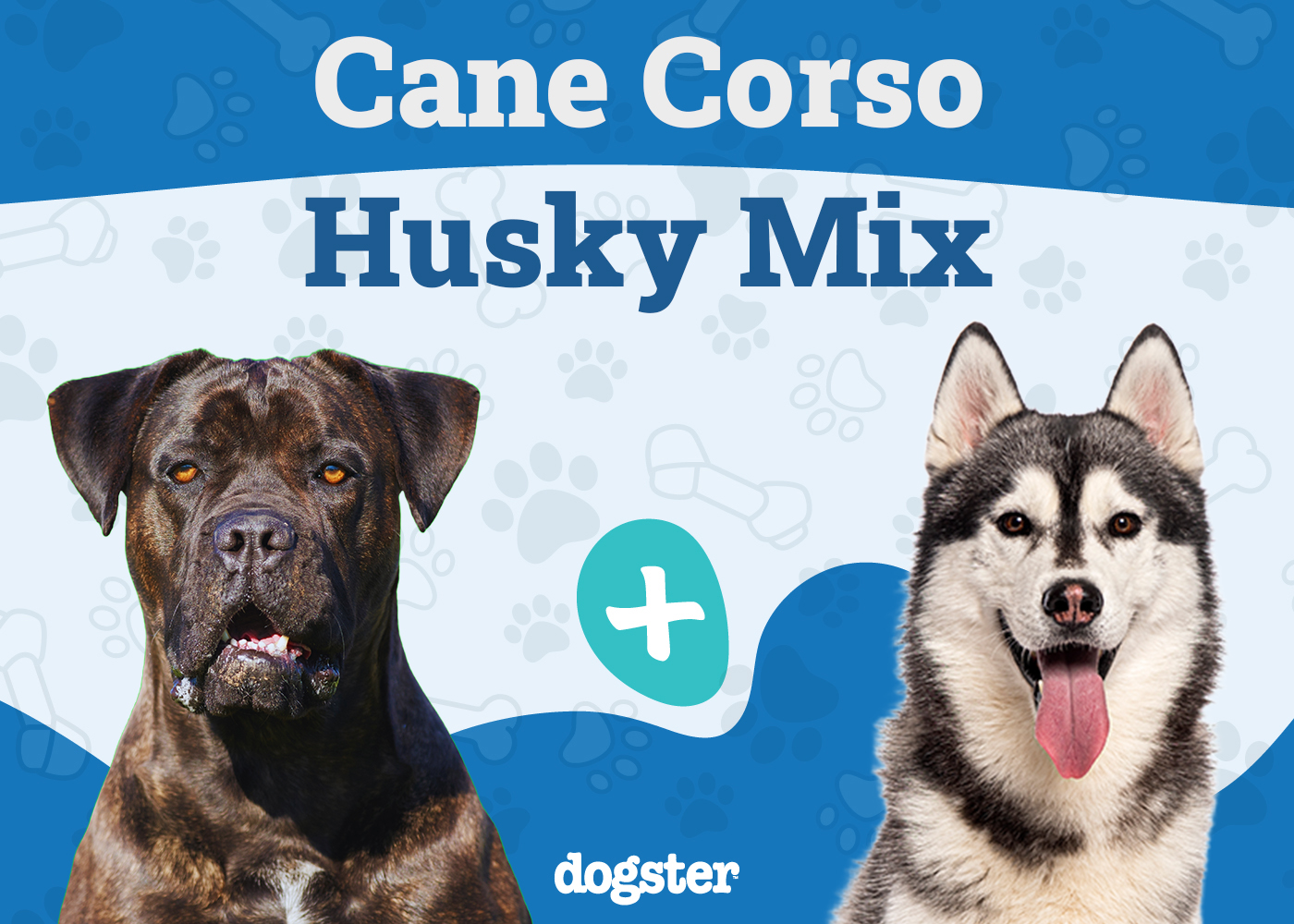


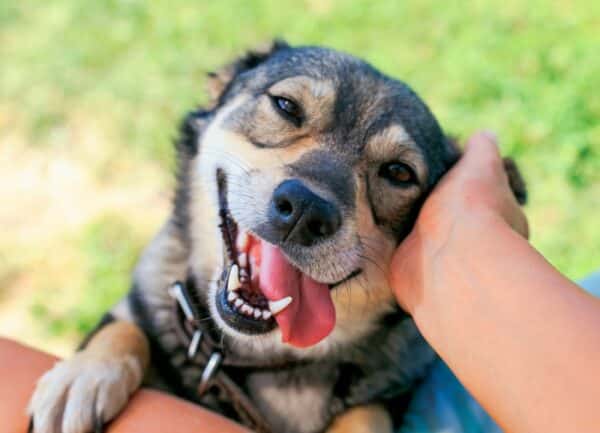
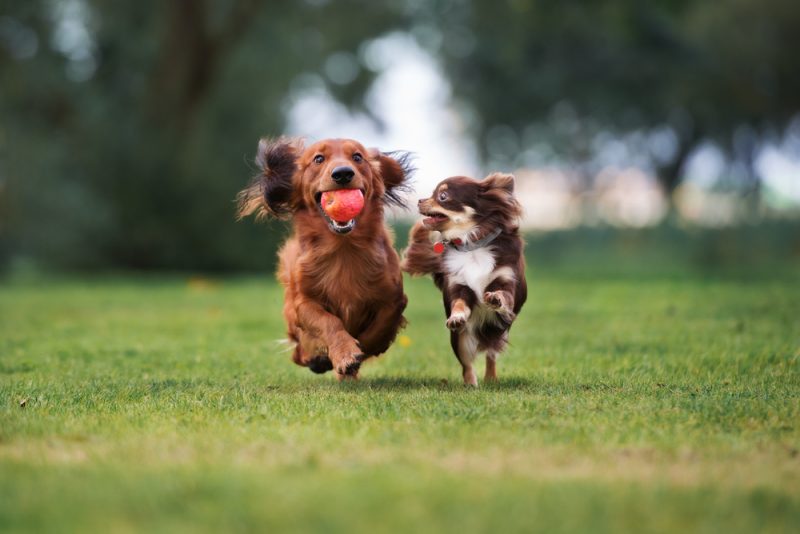

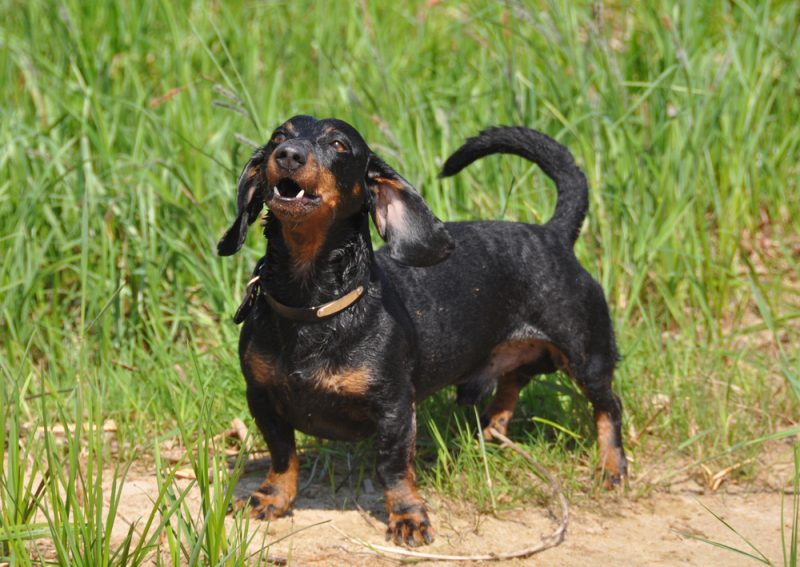


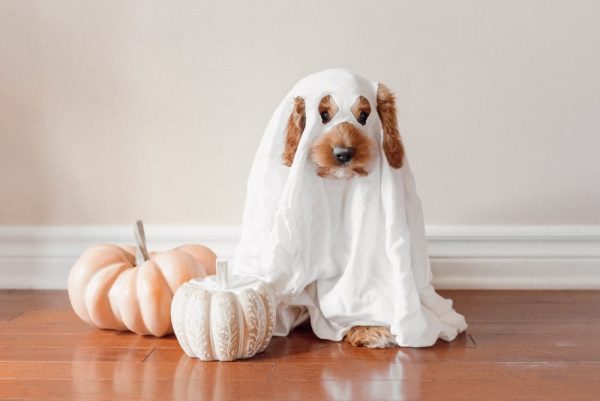
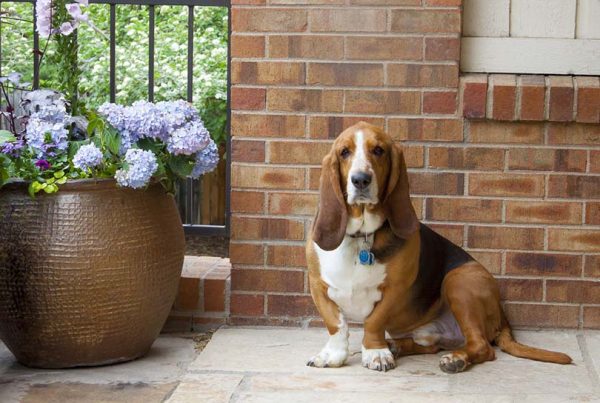
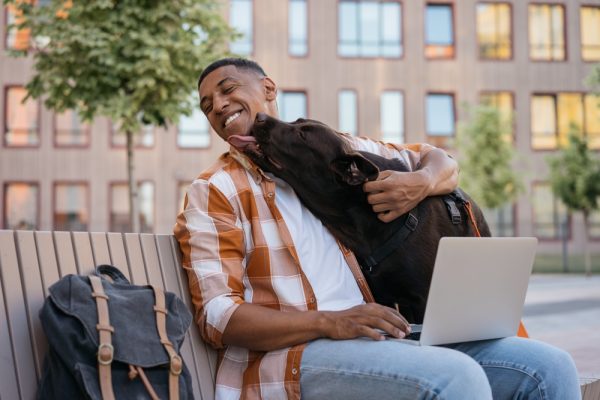


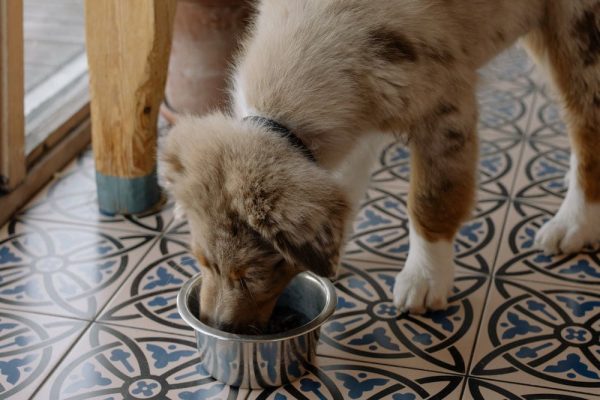
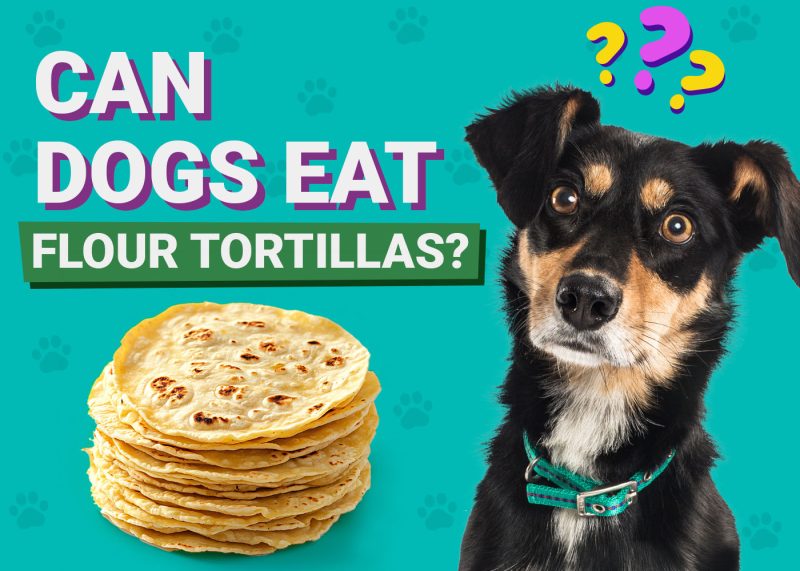
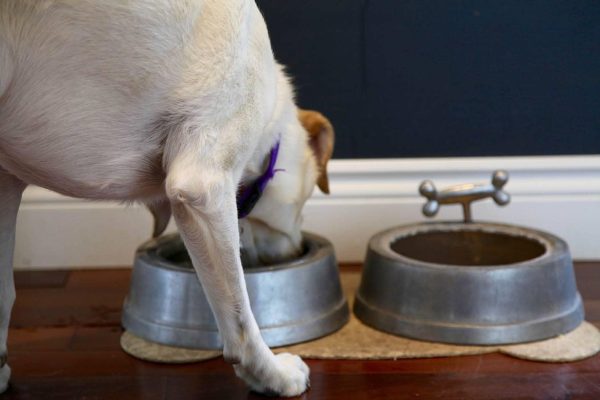

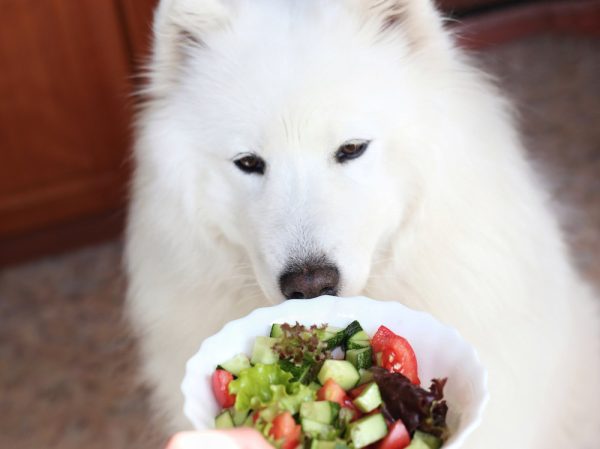
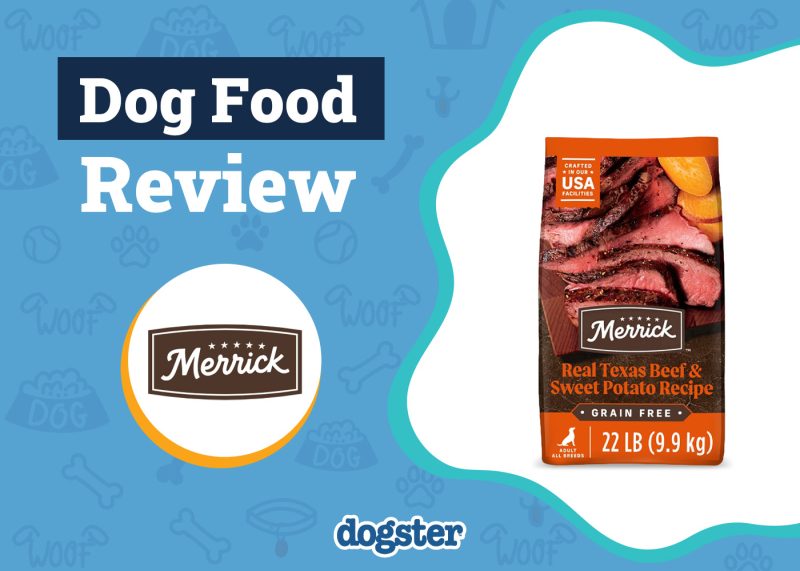

4 Responses
Thank you. Where are you located
Where can I get a cane corso Siberian husky mix puppy. I live in Ohio I want a good watch dog that gets along with male Siberian husky and several cats to protect me and my home and other animals. Thank you
Hello Robin,
thank you for your question. No wonder you find these pups adorable and want to purchase one. Unfortunately, we are not in touch with any breeders so we are not able to help you out with finding a puppy.
Our suggestion would be to try searching online for "cane corso husky mix puppies in my area" or similar. This could be a great starting point. Alternatively, you can visit local shelters and animal rescues in the area and ask around. Those dogs will be very grateful to find a new home.
Best of luck to you!